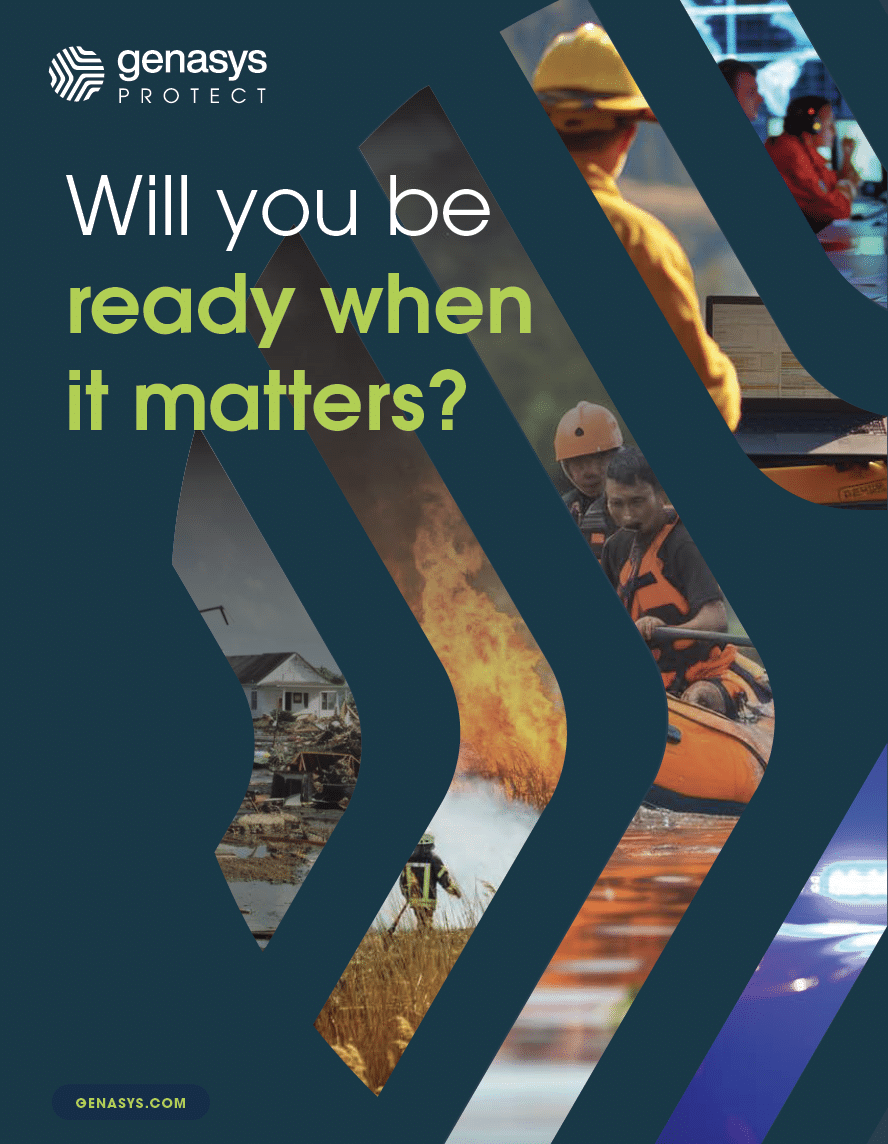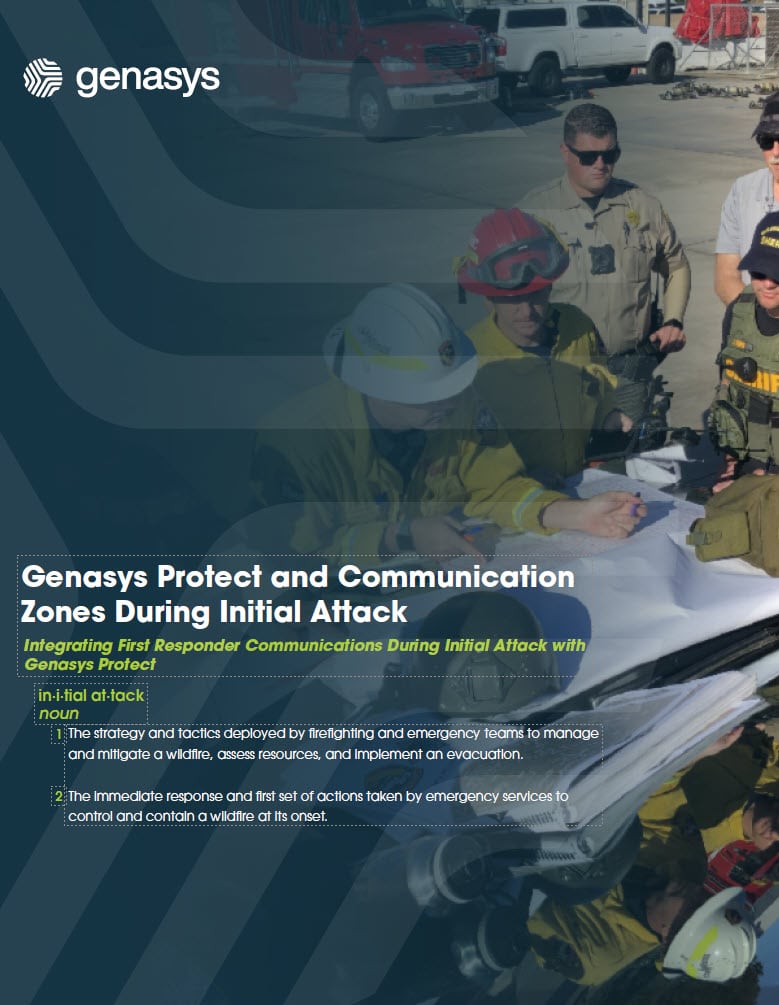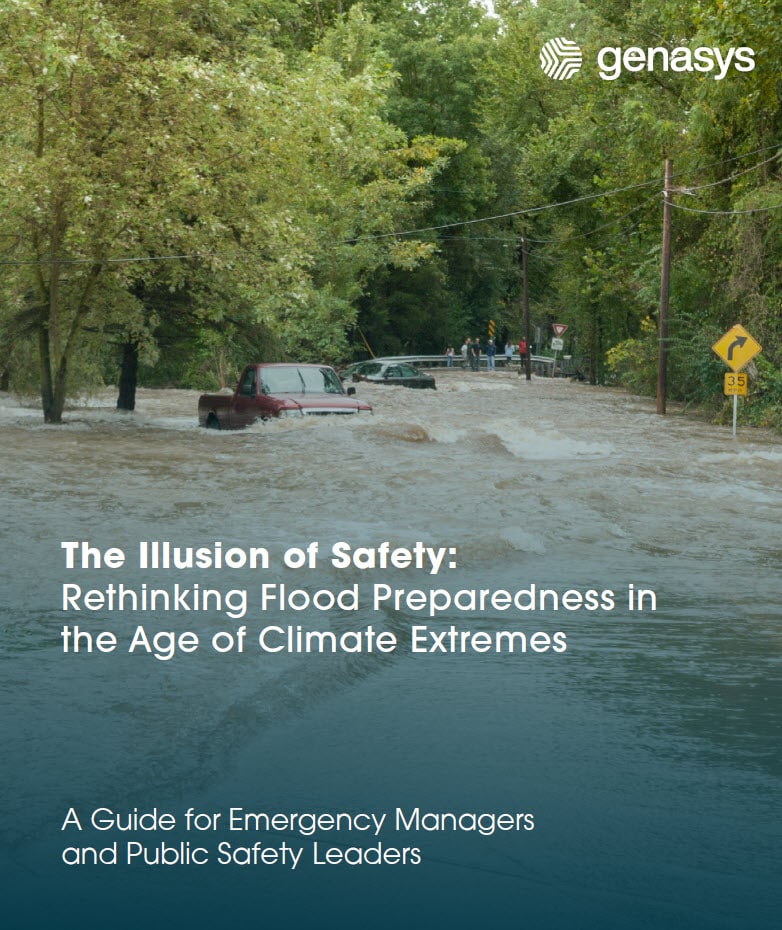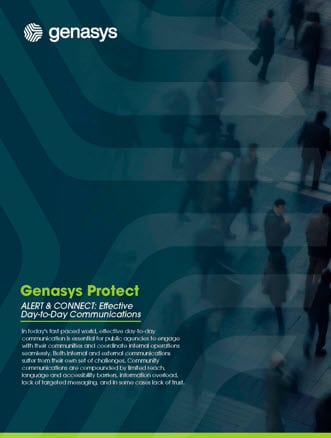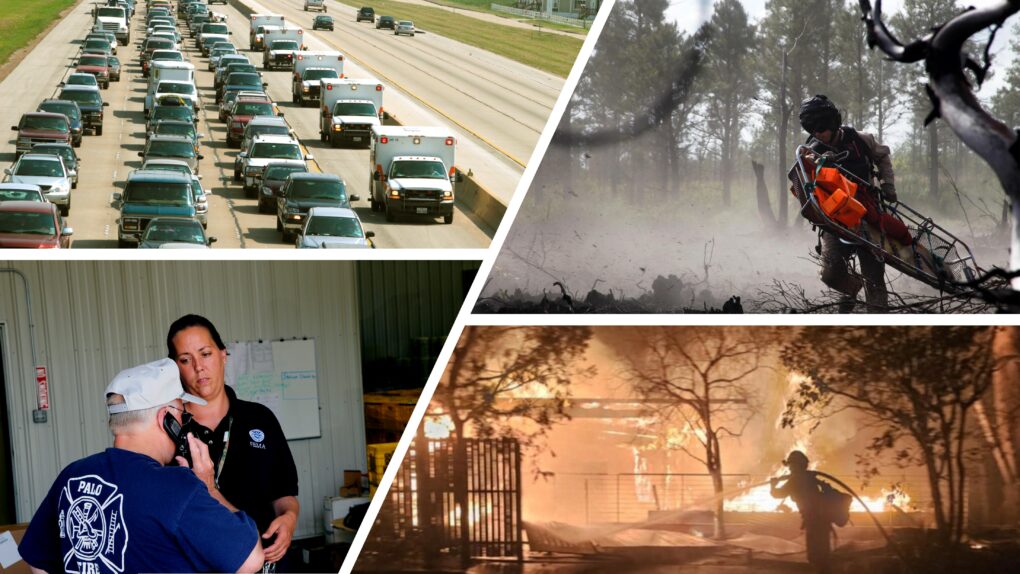By Charlie Crocker
As 2023 closes, we approach the anniversary of the devastating floods that occurred in California in 2023 due to record atmospheric river activity. This serves as an important reminder of the importance of an all-hazards approach to keep citizens safe in a world filled with unprecedented weather events, wildfires, and global conflict.
In 2024, emergency managers and first responders are faced with increased atmospheric river events in the Western U.S., continued drought in the Midwest, and El Niño weather disruption around the globe. Add to that the human-made emergencies, from mass shootings and civil unrest to war and global conflicts, and there has never been a more crucial time to harden emergency response plans so that your agency is ready when it matters.
Navigating the Uncertain Terrain of Modern Emergencies
In a world where the unexpected has become the norm, the traditional methods of emergency management are being challenged. We are witnessing a paradigm shift that requires emergency managers to take an all-hazards approach. Thinking across multiple hazards drives innovative strategies that anticipate threats and offer comprehensive solutions for communicating protective actions during a crisis and managing potential evacuations through zone-based planning and mapping technologies.
The All-Hazards Approach: A Comprehensive Emergency Response Plan
Focusing on all-hazards in emergency management helps build a more versatile and inclusive strategy, addressing a wide range of potential incidents. The principles of all-hazard planning enable organizations and communities to prepare for, respond to, and recover from diverse emergencies by examining real-world examples.
Anticipating Threats as a Proactive Incident Response in All-Hazard Planning
Anticipation is key in managing emergencies effectively. It is important to focus on proactive elements of an all-hazards plan, emphasizing the need to anticipate threats through comprehensive incident response thinking.
Predictive analysis and risk assessment play a pivotal role in understanding potential hazards. Emergency responders can use intelligent zone-based simulation to map out timely and effective responses and refine the approach with ongoing training and drills to ensure preparedness.
Zone-Based Evacuation as a Strategic Element in Incident Response Plans
Evacuations are a critical aspect during many of today’s emergencies and require an all-hazards approach to planning that benefits from zone-based evacuation strategies. By creating zone evacuation maps, and predefined evacuation routes, shelter locations, and traffic control points, responders can greatly enhance the efficiency and efficacy of evacuations. Pre-defined evacuation zones are critical for an all-hazards approach, and have become more prominent for natural disaster preparedness. This approach was very successful during the atmospheric river floods in California and wildfires in Siskiyou County over the past several years, recent winter storms (including blizzards and bomb cyclones), and even for planning evacuations during armed conflict. Zone-based evacuation and repopulation even help during hurricanes, where traditional storm-surge zones are limited in precision, omit key factors impacting evacuation efficiency, and struggle to account for all storm impacts.
Integrating All-Hazards Emergency Plan with Modern Technology
In this digital era, the integration of technology with all-hazards emergency plans is required. Technological advancements continue to revolutionize emergency management with, for example, real-time data analysis, digital zone evacuation maps, and even artificial intelligence. The role of technology is enhancing planning, communication, coordination, and the efficiency of emergency response.
Building a Common Operating Picture for Better Protective Communications
Establishing a common operating picture for protective communications, facilitates streamlined and effective communication for stakeholders during emergencies. It is vital for a coordinated incident response to provide agencies with the tools and techniques to deliver clear, consistent, and timely information to first responders and the public. Zone-based mapping for evacuation management makes this much easier and more effective.
To Sum Up
In an uncertain world, the key to effective emergency management lies in comprehensive all-hazards planning, proactive anticipation, strategic evacuation mapping, technological integration, and cohesive communication. Embracing an all-hazards approach not only prepares us for known threats but also arms us with the flexibility and resilience to face the unknown.
Contact Genasys to learn more about the Genasys Protect Suite of evacuation and protective communication solutions that create a comprehensive foundation for an all-hazards approach to emergency management.



